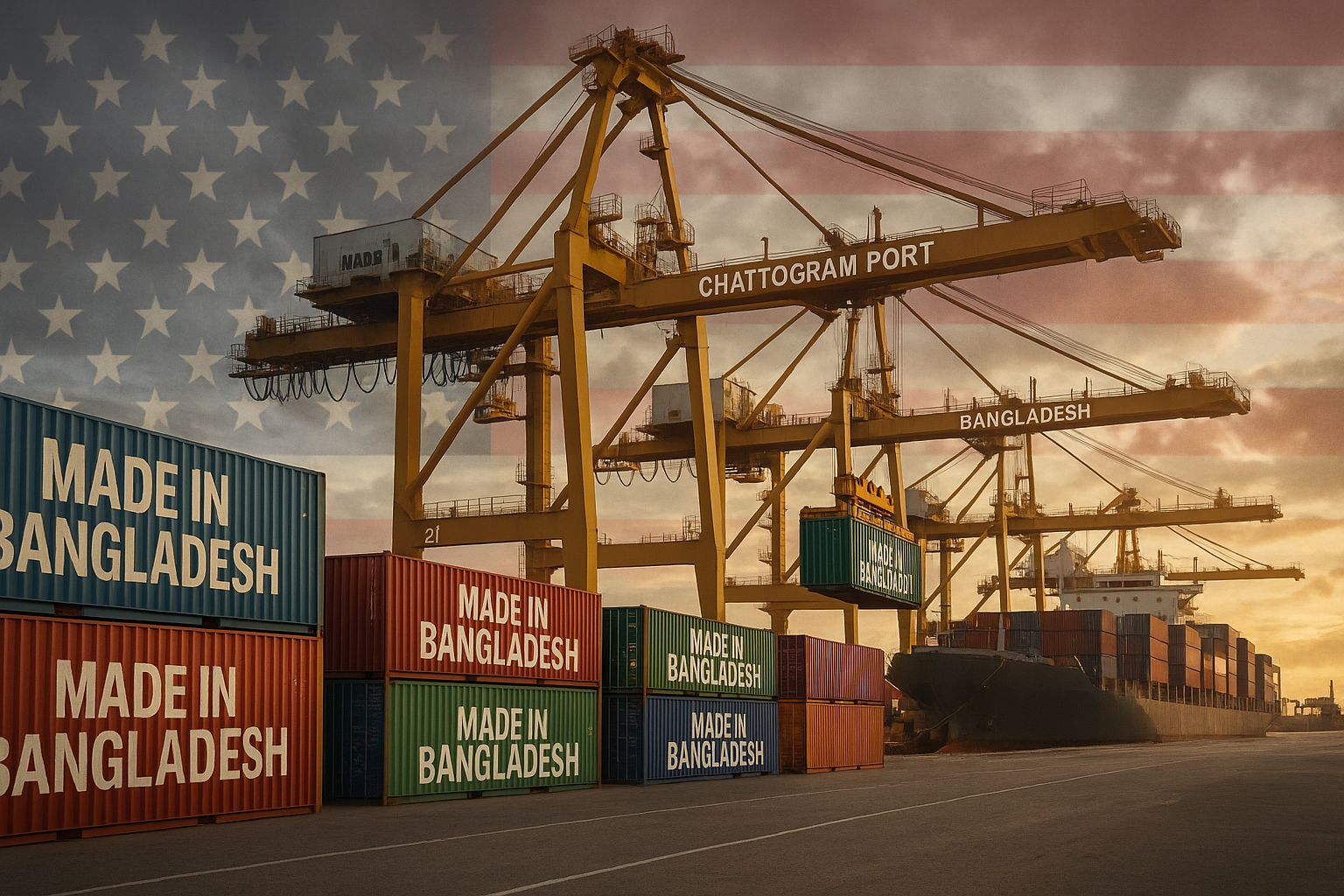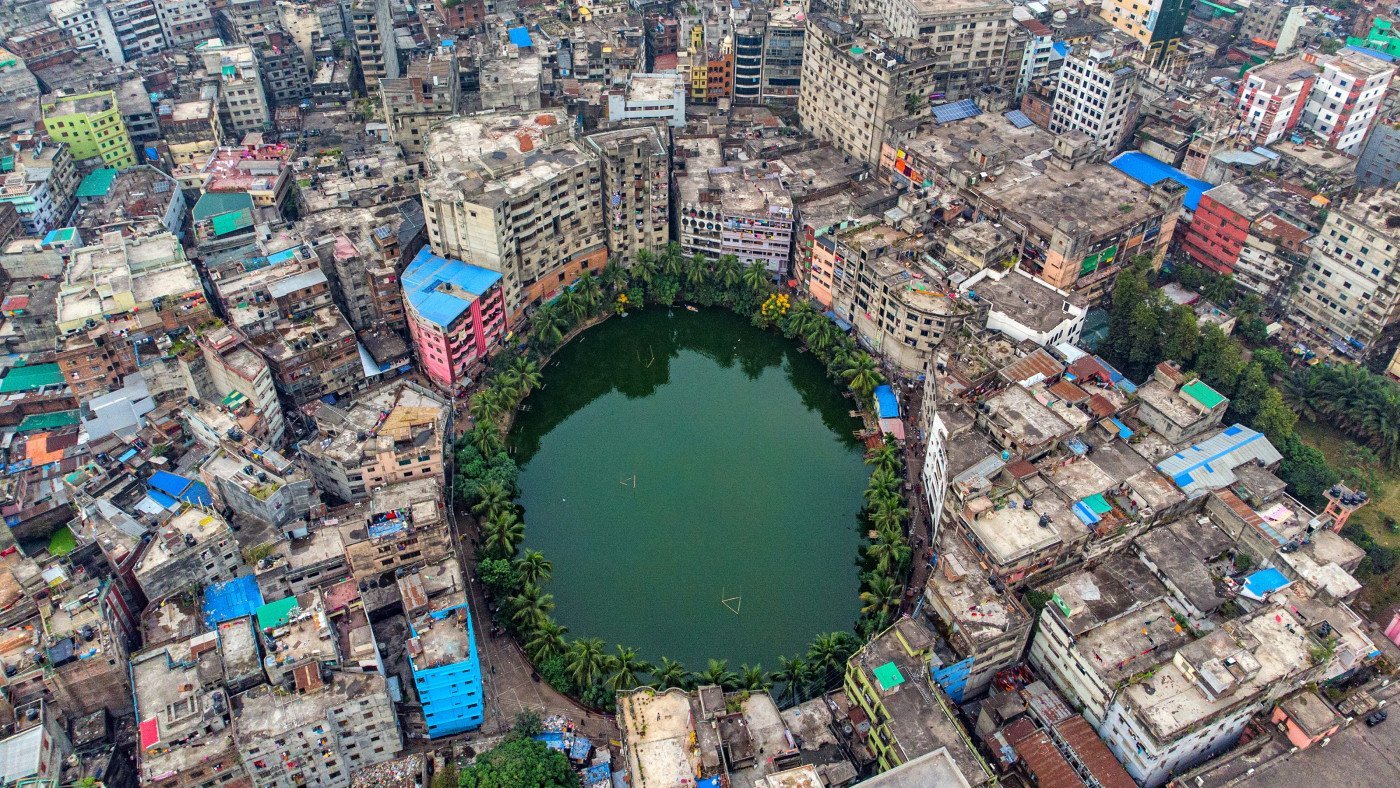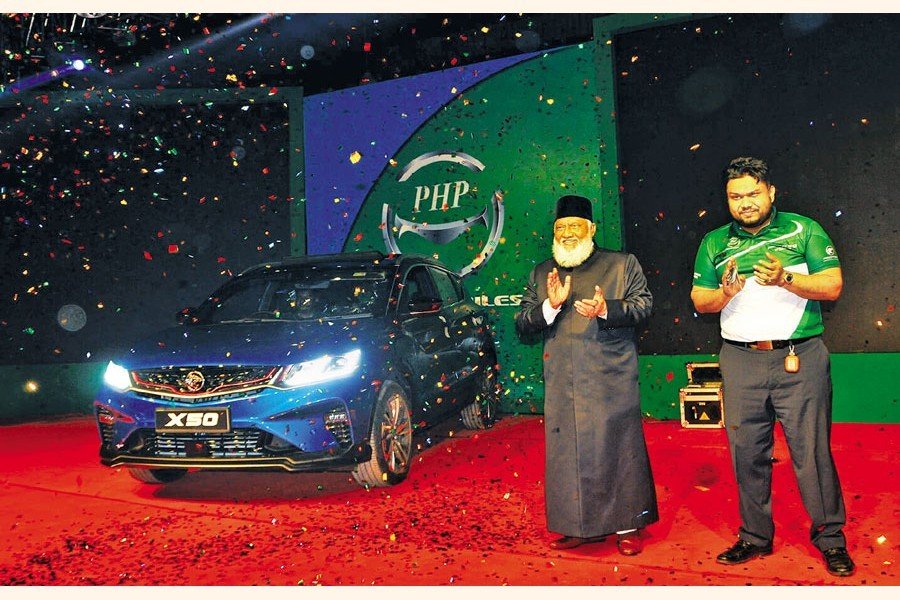Luxury Car Scarcity: Why Supercars Rarely Appear in Bangladesh

Luxury car scarcity is very real in Bangladesh. You might occasionally glimpse an exotic vehicle like a Ferrari or Rolls-Royce, yet they remain exceptionally rare. This scarcity is not simply a result of cost. It ties into import taxes, regulatory hurdles, market size and social dynamics. In this article, we explore the underlying forces behind luxury car scarcity in Bangladesh and present the latest statistics and insights.
The Import Tax Wall That Fuels Luxury Car Scarcity
A key reason for luxury car scarcity is the extremely high import duty and tax regime. Vehicles with large engine capacity or high value face duties and taxes that often multiply the base cost several times over. A report noted that vehicles imported by MPs and diplomats cost each above Tk 10 million after duty‐tax payment. (The Financial Express) That means if a car costs USD 200,000 abroad, the landed cost in Bangladesh may easily exceed USD 300,000 or more after all charges. Because of this, many prospective buyers shy away from ultra-luxury models.
Market Size and Trends Supporting Luxury Car Scarcity
Despite the high cost, there has been demand in the upper corners of the market. For example, luxury car sales such as those of BMW, Mercedes-Benz, Audi and Lexus reportedly soared by around 300 % in FY23. (The Business Standard) Yet at the same time overall vehicle registrations dropped to decade lows. For instance, fewer than 308,000 vehicles were registered in Bangladesh in 2024, marking a 47 % decline from 2022. (The Business Standard) These two dynamics illustrate a narrowing of demand towards luxury for a tiny segment and a broad reduction for the mass market. The resulting effect is that luxury car scarcity remains pronounced because only a handful of buyers engage, and many luxury purchases get delayed or cancelled given economic uncertainty.
How Many Ultra-Luxury Cars Are Actually in Bangladesh?
Numbers for exotic models like those from Ferrari, Lamborghini or Rolls-Royce are limited but telling. For example, Bangladesh reportedly has only 10-11 Rolls-Royce cars in total. (The Business Standard) The same data highlights that four of those were imported in 2024 under duty‐free electric vehicle schemes, resulting in major tax losses. (The Business Standard) Given this, the number of supercars like Ferrari or Lamborghini is likely even lower. That extreme rarity is a core factor in the luxury car scarcity we observe. Many wealthy individuals may import such cars privately or use duty-free privileges, but they are not seen in large numbers on the roads.
Economic and Political Headwinds Amplifying Scarcity
The economic climate sharply impacts luxury car scarcity. A recent report shows luxury car sales dropped significantly in 2025 amid political and economic uncertainty. (The Daily Star) According to one industry insider, “There were months when we sold at best four or none at all” for BMW vehicles. (The Daily Star) Further, the gap between luxury enjoyment and social scrutiny plays a role. When owning a high-value car invites attention amid tax or duty evasion probes, some buyers postpone or avoid such purchases. That reinforces scarcity: fewer buyers, longer holding periods, slower turnover.
Infrastructure, Service, and Brand Presence Limitations
Another dimension of luxury car scarcity lies beyond cost. High-end brands often lack full dealer networks, spare-parts availability and service infrastructure in Bangladesh. Without strong after-sales support, owning an exotic brand becomes riskier. Maintenance cost is also elevated when parts or servicing must be imported. All of these factors reduce the incentive for even affluent buyers to purchase supercars. The result: only a select few are willing to manage the logistical and servicing burden, which keeps luxury car numbers low and the segment specialised.
Status Symbol Versus Practicality
In Bangladesh, a luxury car still signals status. Yet in many cases, buyers weigh status against practicality. Roads in cities like Dhaka are congested and parking is limited. According to one transport study, average speeds in Dhaka have fallen drastically because of traffic, making high-performance cars less advantageous. (Wikipedia) Also fuel and maintenance costs are higher for exotic cars and familiarity with service is limited. When practicality is reduced, many potential buyers decide a luxury car isn’t worth it for everyday use. That decision contributes directly to luxury car scarcity on Bangladesh roads.
Importation Privileges and Regulatory Gaps
In Bangladesh some cars are imported under special privileges and duty-free schemes. For instance, custom data showed about 122 luxury cars were imported under duty-free privileges by MPs in one year. (The Financial Express) Also, the anti‐corruption commission listed over 2,168 luxury cars as subject to investigation for document issues, inflated values or tax evasion. (The Business Standard) These privileged imports affect overall supply dynamics: some cars are hidden from the broader market, resale is limited, and ownership stays in closed loops. That also deepens luxury car scarcity in the public domain.
Forecasts and What They Mean for Luxury Car Scarcity
Market research forecasts show that the luxury car market in Bangladesh is expected to grow steadily from 2021 to 2031 in terms of revenue and volume. (6Wresearch) The report highlights that rising upper-class incomes and improved infrastructure are key drivers. But counterforces remain high import taxes, limited dealer networks and social scrutiny. So, although the luxury car scarcity will ease somewhat over time, the ultra-high end (exotics like Ferrari, Lamborghini, rare Rolls-Royce) will continue to be constrained for many years.
What This Means for Car Enthusiasts and Buyers
If you are a high-net-worth individual in Bangladesh considering a supercar, you face a different world than buyers in other countries. You will contend with steep taxes, fewer service options, and the specialist nature of the purchase. Access to rare models is limited. Turnover in the market is slow. Holding cost is high. If you are a car enthusiast, you may spot only a handful of such vehicles in the country. That contributes to their mystique but also means resale and peer support is limited.
So, Luxury car scarcity in Bangladesh is the result of a combination of heavy taxation, small market volume, infrastructure and servicing limitations, social and regulatory factors, and macro-economic headwinds. While demand among the affluent exists, the number of supercars remains very low. For the ultra‐luxury segment (cars like Ferrari, Lamborghini, Rolls-Royce) the visible presence is minimal indeed. Over the next decade we may witness some growth in that space, yet the exclusivity and scarcity will likely endure for the foreseeable future. Understanding this helps explain why you rarely see these cars on Bangladeshi roads, and why owning one remains a very distinct experience.







